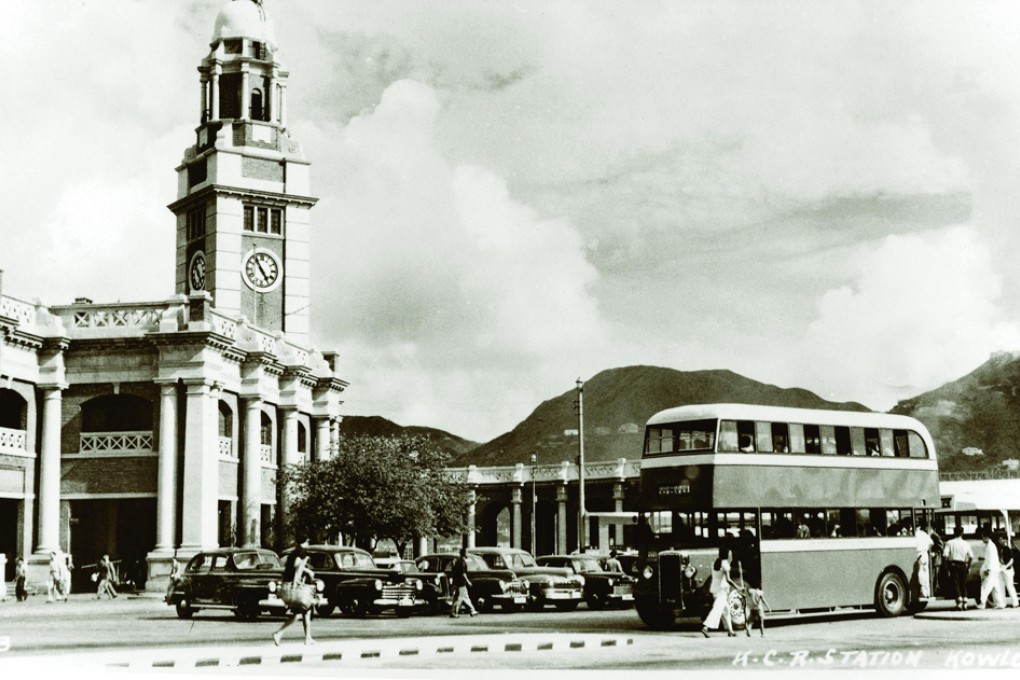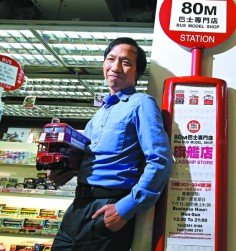Laying down routes
As Kowloon Motor Bus turns 80, Stuart Heaver finds Hong Kong's excellent public transport system could offer a lesson or two for other cities, not least London

In January, the London Underground's 150th anniversary was heralded internationally as a great milestone in the history of public transport. This week, Hong Kong marks a prestigious transit anniversary of its own, Saturday being the 80th anniversary of the founding of the Kowloon Motor Bus Company (1933), which, with a fleet of 3,919 buses, remains one of the largest road-passenger transport operators in Asia and the world's largest privately owned bus company operating in a single city.
No doubt there is some justification for London's pride in its pioneering metro system, but Hongkongers who have experienced its antique and decrepit infrastructure may well reflect that some modest celebration of their own city's superior transport networks may be overdue.
KMB (the company has always been known by its initials) can, in fact, trace its roots back as far as 1921, when it operated a small number of rickety, red Model T Ford buses on two routes: one from the Star Ferry terminal in Tsim Sha Tsui to Sham Shui Po; the other from Yau Ma Tei to Kowloon City. On the former route, competition was fierce between KMB and its yellow-liveried rival, China Motor Bus Company (CMB), with both charging 15 cents for the ride.

In 1888, the Peak Tram began offering well-heeled residents an alternative mode of transport to the popular sedan chair, and 1904 saw the introduction of a tram service on Hong Kong Island. But even by the 1920s, on the Kowloon side of the harbour there were relatively few public-transport options besides rickshaws and the Kowloon to Canton railway.
The interwar years were characterised by a growing interest in public works and transport infrastructure, and in the 30s the colonial government responded to public dissatisfaction with existing services by inviting tenders for two bus franchises. These were to be monopolies on designated routes, with the government receiving a share of the profits.
KMB, founded by local banker Tang Shiu-kin and four partners, won the franchise to operate on Kowloon side while CMB moved over to run all the services on Hong Kong Island (CMB's franchise lapsed in 1998 and was taken up by New World First Bus Services). At the time, it was widely assumed KMB had drawn the short straw, as Kowloon and the New Territories, although much larger areas, were mostly rural and undeveloped, and it was thought there would remain relatively low demand for public transport on that side of the harbour. Those assumptions would be proven wrong and, although its road has not been without its potholes - or Bus Uncles - KMB's network has grown; the veins delivering lifeblood to a fast-growing city.